La Sociedad Herpetológica Valenciana es una asociación sin ánimo de lucro fundada en 1981.
Inicia sesión
Quelonios 2012: Reptile Basking Lamps: Effects on health and development. Ponencia de A. C. Highfield – The Tortoise Trust
Reptile Basking Lamps: Effects on health and development
Historically, basking lamps have only been used with captive reptiles for a comparatively short period of time. Early attempts to keep reptiles often failed because little or no attention was given to their need to thermoregulate or to the quality of lighting they received. It was not until 1944 that Charles M. Bogert and Raymond Cowles published their important text “A Preliminary Study of the Thermal Requirements of Desert Reptiles”.
This text dramatically changed our understanding of the needs of reptiles both in the wild and in captivity. By the early 1960’s, some keepers were experimenting with using artificial lamps to provide “hot spots” and with vivarium systems that attempted to replicate natural temperature gradients. Captive reptile survival times generally increased, but still there were problems as animals continued to die over the longer term from developmental disorders of the skeleton, such as Metabolic Bone Disease. The cause was unknown until 1969, when Joseph Lazlo published “Observations on two new artificial lights for reptile displays” in the International Zoo Yearbook. For the first time, this identified UV-B as a critical factor in reptile husbandry. Since then, many different systems and kinds of heat and light have been used with reptiles in captivity. Surprisingly little research has been done, however, on some remaining problems with artificial lamps. It is often assumed that provided heat and UV-B is provided, this is sufficient. New research suggests that although the benefits of artificial heat and light are considerable, current lighting and heating systems are causing entirely new problems of their own. Using infra-red thermal imaging and temperature and humidity data-logging technology, reptile basking lamps are here directly compared to what animals experience in their natural environment. Some disturbing effects are noted and some improvements to current technology are suggested.
A presentation by A. C. Highfield – Tortoise Trust
Co-founder and director of The Tortoise Trust since 1986. Author of several books on the biology and care of chelonia.
SISTEMAS DE ILUMINACIÓN Y CALEFACCIÓN PARA REPTILES: EFECTOS EN LA SALUD Y EL DESARROLLO
Históricamente, las bombillas de iluminación se han utilizado en el mantenimiento de reptiles en cautividad durante un periodo de tiempo durante un periodo de tiempo relativamente corto.
Los primeros intentos en el mantenimiento de reptiles en cautividad resultaron fallidos debido a que se prestaba poca o ninguna atención a sus necesidades de termorregulación o a la calidad de la radiación recibida.
No fue hasta 1944 cuando Charles M. Bogert y Raymond Cowles publicaron su importante artículo “Estudio preliminar sobre los requerimientos térmicos de los reptiles del desierto”.
Este artículo cambió drásticamente nuestro conocimiento sobre las necesidades de los reptiles tanto en libertad como en cautividad. En los primeros años de la década de los sesenta, algunos aficionados comenzaron a experimentar con la utilización de iluminación artificial para proveer de “puntos calientes” y sistemas de vivarios para tratar de reproducir los gradientes térmicos que se producen en la naturaleza.
Gracias a esto, el tiempo medio de supervivencia de los reptiles mantenidos en cautividad aumento, pero continuaron produciéndose problemas cómo animales que morían a la larga debido a desórdenes del desarrollo de su esqueleto, como la enfermedad ósea metabólica.
La causa de estas muertes fue desconocida hasta que en 1969 Joseph Lazlo publicó “Observaciones sobre dos nuevos tipos de iluminación artificial para instalaciones de reptiles” en el International Zoo Yearbook. Por primera vez, la identificación del la radiación UV-B se consideraba como un factor determinante en el mantenimiento de reptiles. Desde entonces, diferentes sistemas y tipos de calefacción e iluminación han sido utilizados con reptiles en cautividad.
Sorprendentemente, sólo se han hecho algunas investigaciones, de vez en cuando, sobre los problemas asociados a las lámparas artificiales. Se da por hecho que aportan calor y radiación UV-B, y que esto es suficiente.
Las nuevas investigaciones sugieren que aunque los beneficios de estos sistemas de calor e iluminación artificial son considerables, estos sistemas están causando nuevos problemas.
El empleo de termorregulación por iluminación infrarroja y la tecnología de control de datos de temperatura y humedad permite comparar estas condiciones con las que disfrutan los animales en su entorno natural. . En esta ponencia, se mostrarán algunos efectos negativos del uso de estos sistemas y se ofrecerán sugerencias de mejora en la tecnología actual.

Ponencia de A. C. Highfield – Tortoise Trust
Cofundador y director de The Tortoise Trusr desde 1986. Autor de diversos libros sobre la biología y cuidado de los quelonios.
Imagen destacada CC Michael W. May

El material de la web de la Sociedad Herpetológica Valenciana por Sociedad Herpetológica Valenciana se encuentra bajo una Licencia Creative Commons Atribución-NoComercial-CompartirIgual 3.0 Unported.
Basada en una obra en www.soheva.org.
Permisos que vayan más allá de lo cubierto por esta licencia pueden encontrarse en http://www.soheva.org.
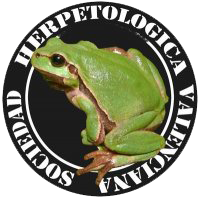

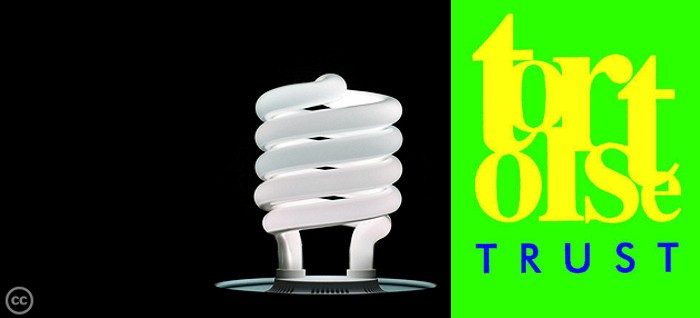
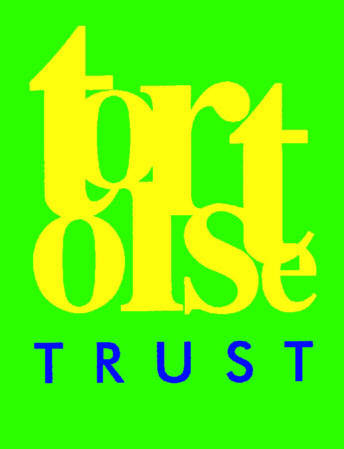

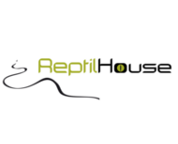

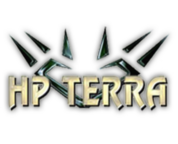
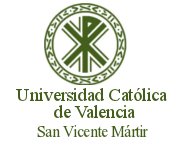
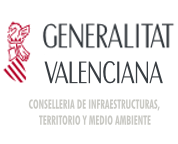
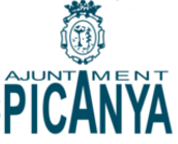
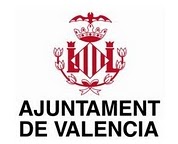
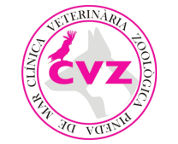
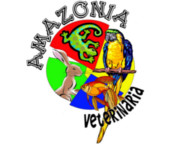


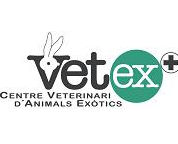
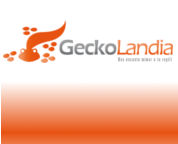






1 comentario
Jornada de Quelonios 2012 realizada por SoHeVa | So.He.Va.
19 de October de 2012
[...] Efectos de los sistemas de iluminación artificiales en la salud y desarrollo de los reptiles. Andy ... [...]